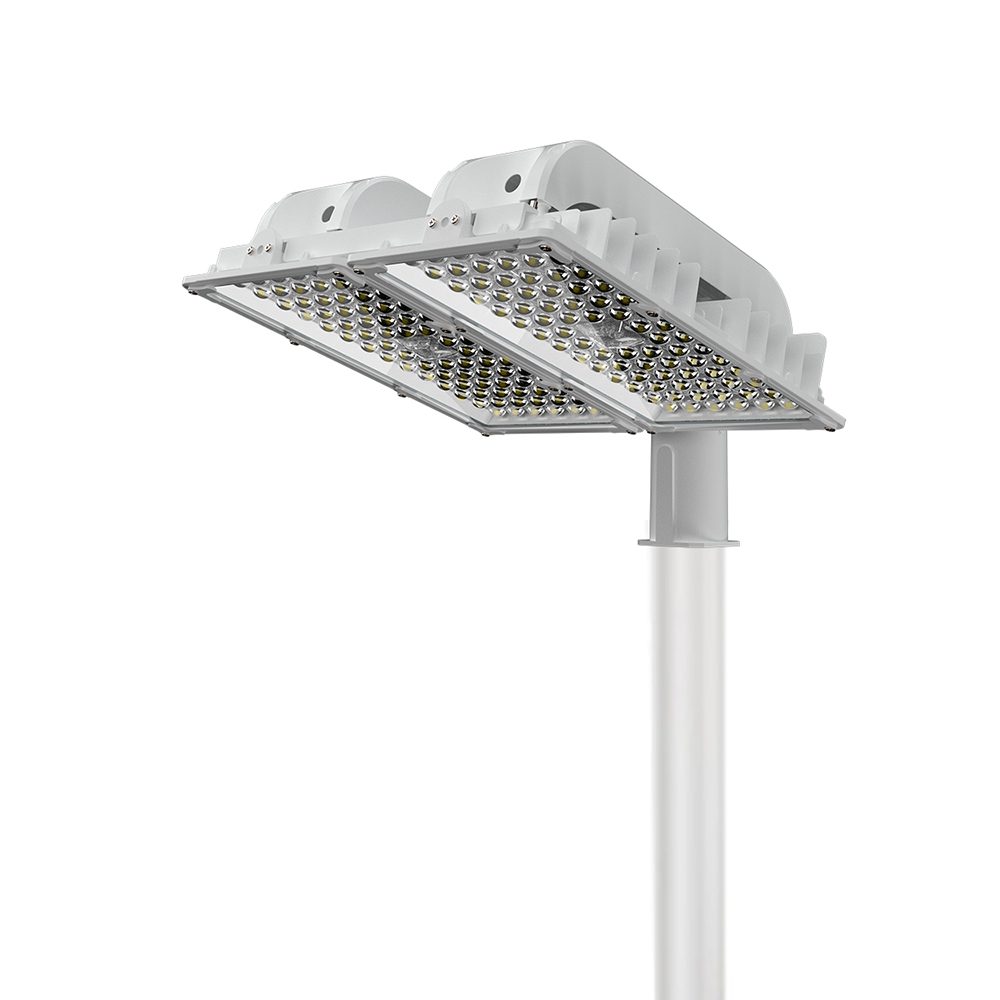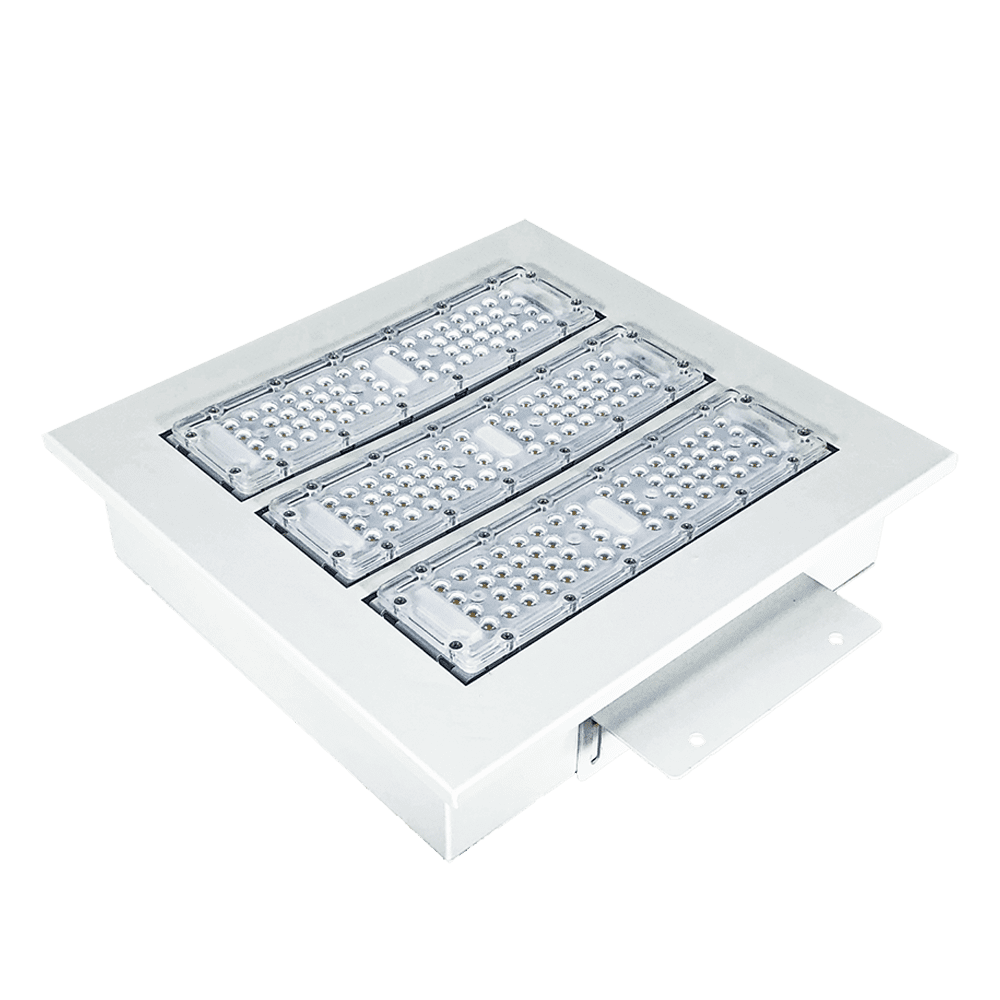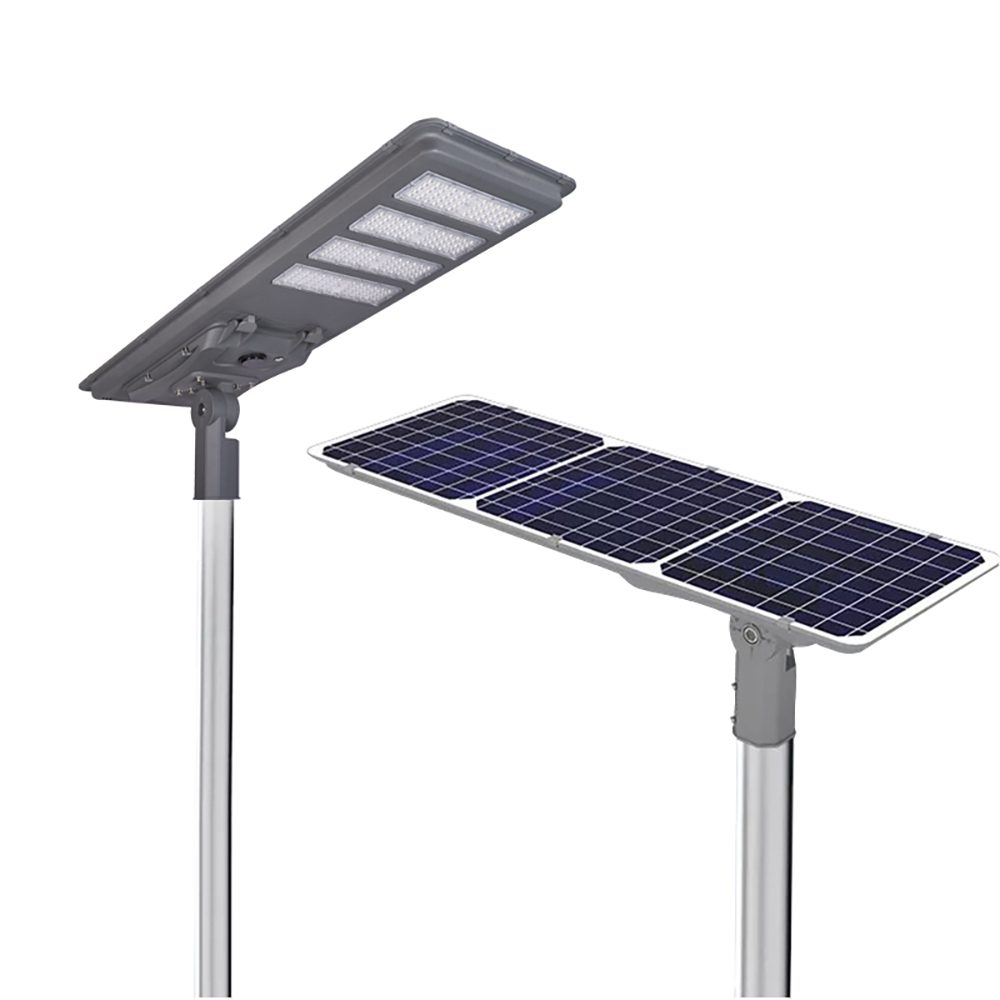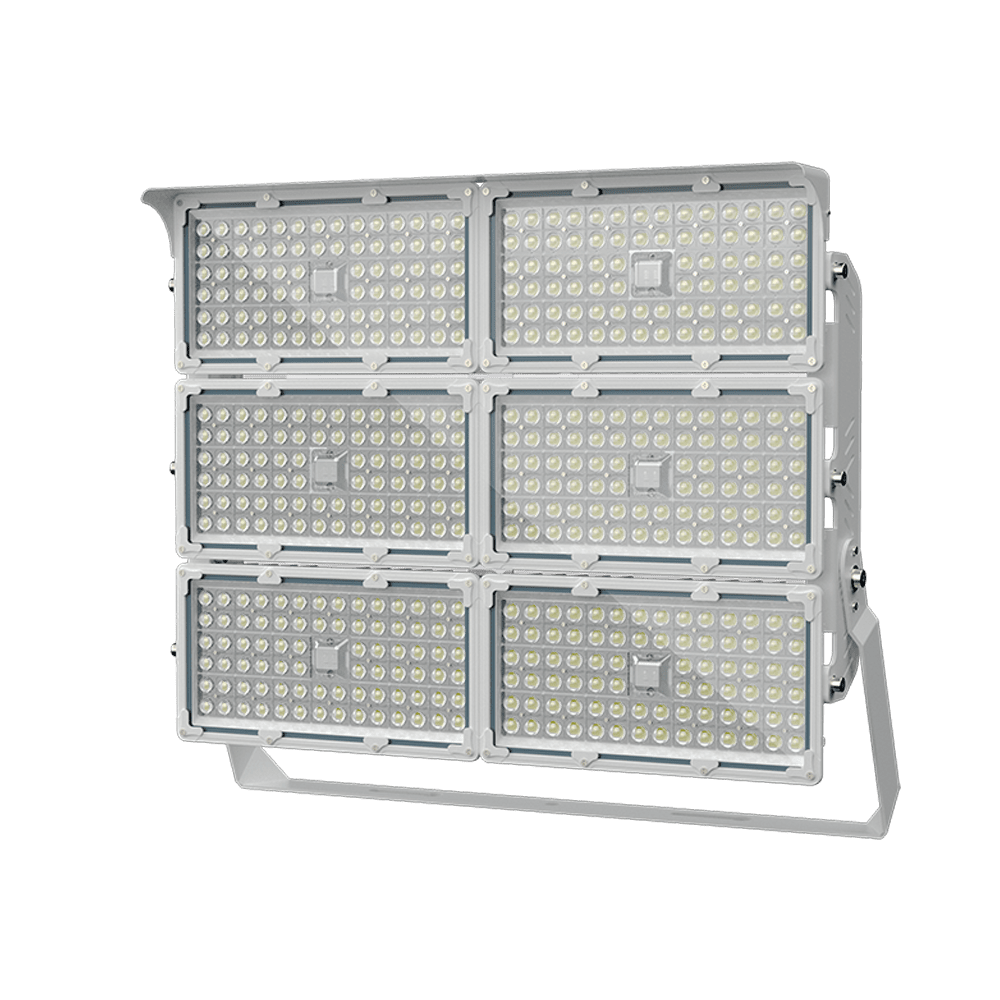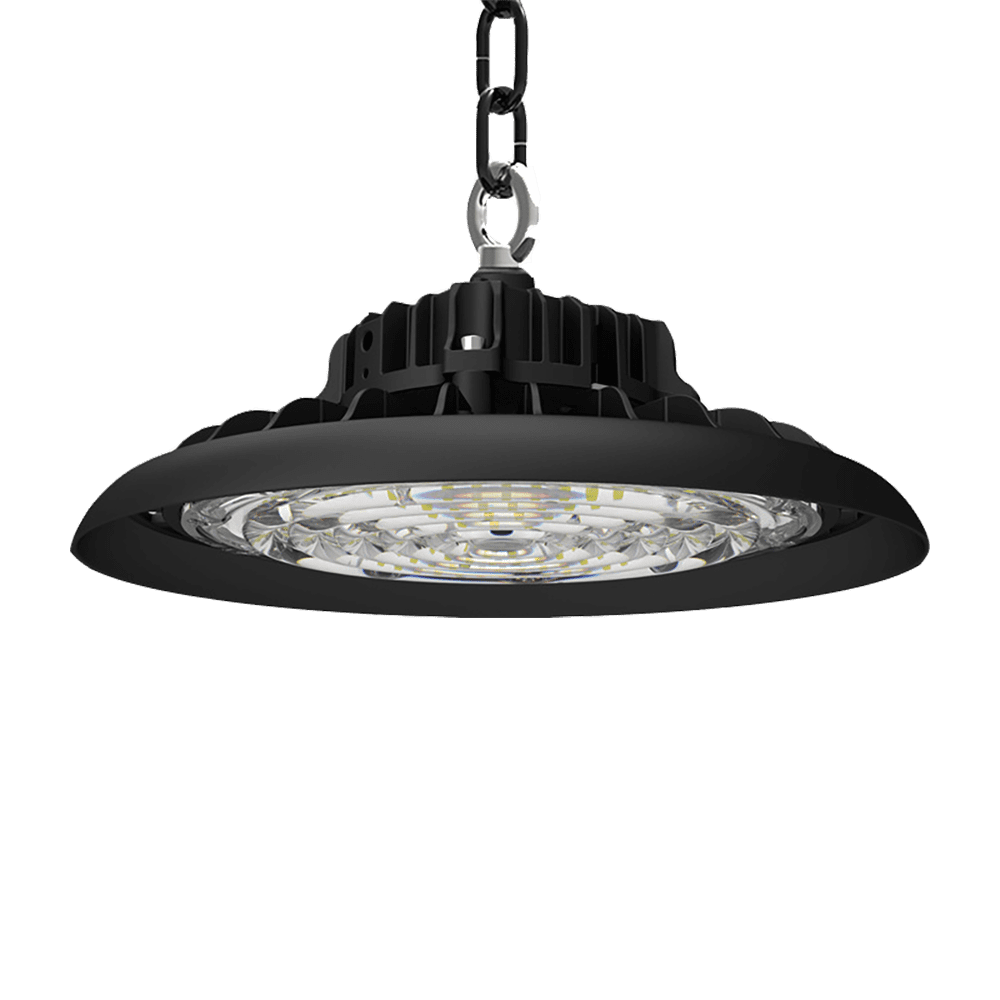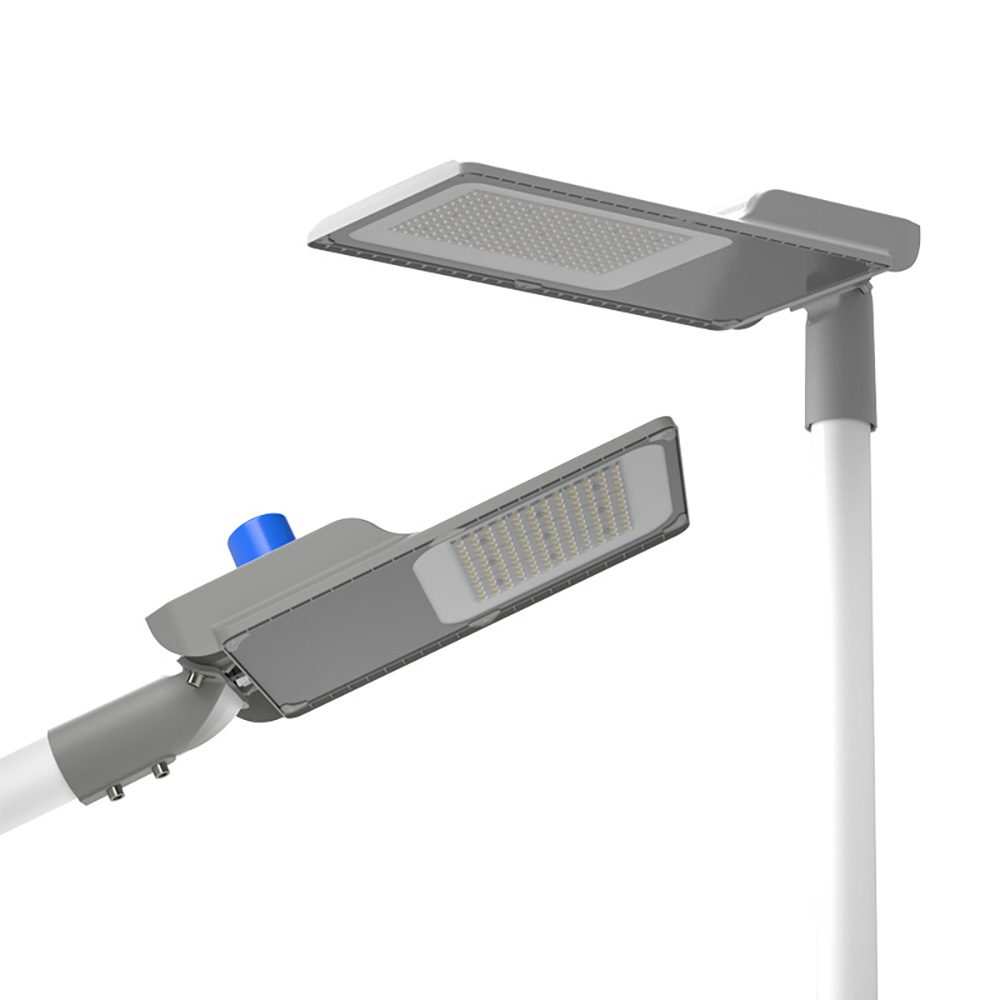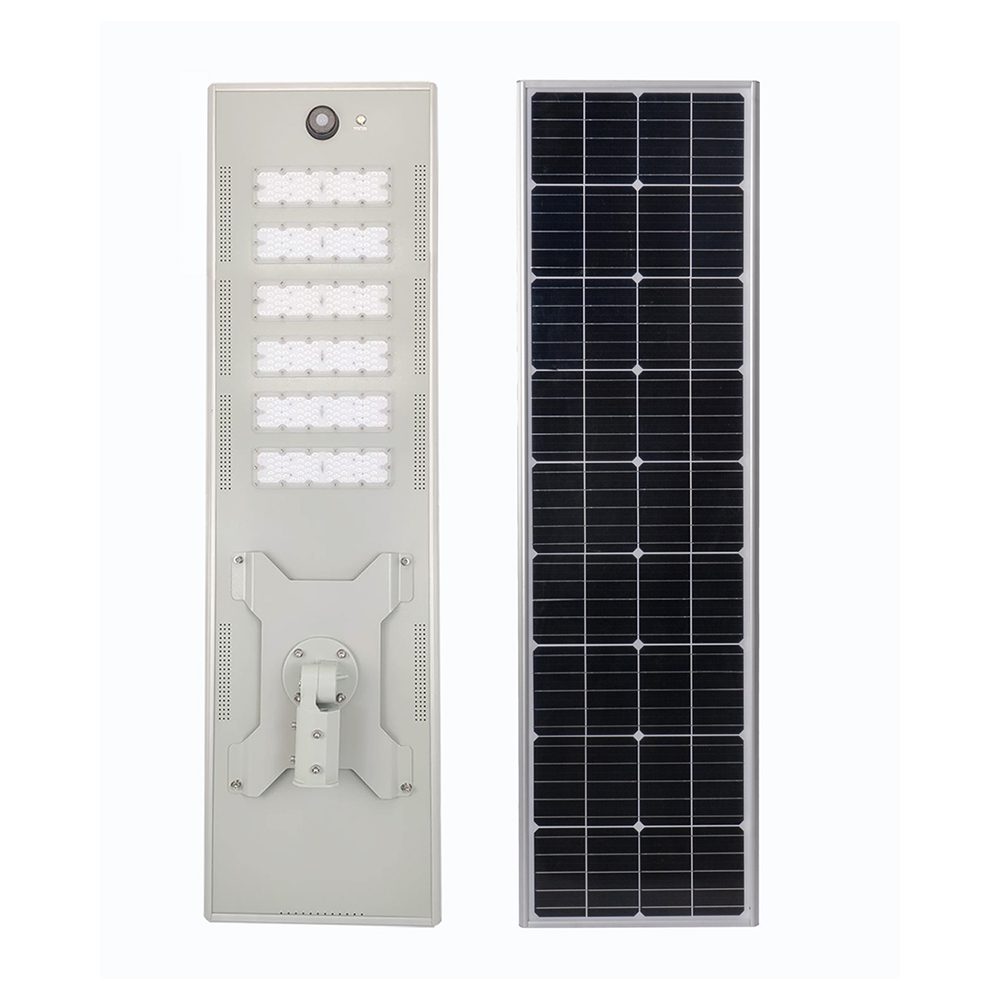With their unique advantages of energy saving, environmental protection, and easy installation, solar street lights have quietly made their way into urban streets as a new energy-saving initiative. How much can solar street lights contribute to energy saving?
 1.Energy Saving Economics
1.Energy Saving Economics
Firstly, each solar street light is a relatively independent system. During installation, there is no need to bury cables or excavate the road surface, saving considerable labor, material, and installation costs. In terms of electricity consumption, a typical street light operates for about 6 hours a day, consuming approximately 2 kWh, leading to an annual electricity cost of over 300 yuan. For a city with 300 street lights, the annual expenditure nearly reaches 100,000 yuan, which can be completely avoided by using solar street lights.
According to reports, the country adds 50 million outdoor lighting fixtures each year. If solar lights account for just one-thousandth of that, it can save the nation over a hundred million kWh annually, equivalent to providing a 100,000 kW power station.
2.Energy Saving Principles
2.1 How Do Solar Panels Store Energy?
Solar panels are primarily made of silicon, along with some other alloys. When solar panels are exposed to light, they can convert light energy into electrical energy, causing current to flow from one side to another. Solar panels are designed based on this principle.
As long as solar panels receive sunlight or artificial light, they can generate electricity. To maximize light absorption and minimize reflection, they are typically covered with a film that prevents light reflection, giving the surface a purple hue. The tilt angle of the solar panels also significantly affects their ability to capture sunlight effectively.
2.2 How is Light Converted to Electricity?
Solar street lights mainly consist of four components: photovoltaic modules, light-emitting diodes (LEDs), solar batteries, and controllers. The photovoltaic modules absorb sunlight during the day, converting solar energy into electrical energy stored in the solar batteries. At night, when it gets dark, the stored energy is released for lighting. Generally, under ideal sunlight conditions, it takes about 4 hours to fully charge, and once charged, the lights can work for over 5 days. They can also function normally even after three consecutive rainy days.
Moreover, depending on different requirements, the controller can be designed to have light control or time control, allowing for the regulation of both the charging and discharging times of the batteries, as well as the intensity of the discharge
In summary, as energy consumption continues to rise in cities, the demand for electricity has become overwhelming. Industrial and residential electricity usage has remained high in recent years, leading to frequent power outages during peak times. If solar street lights can be widely adopted, people will no longer have to worry about disruptions to their daily lives and production.


